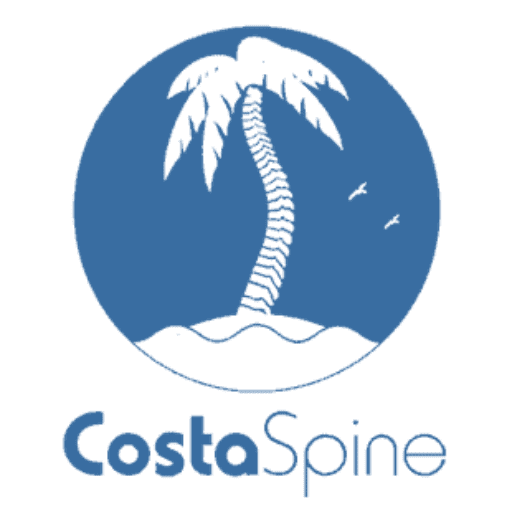With about 320 sunny days per year on the Costa del Sol, it is not a surprise that outdoor sports enthusiasts are thriving. Marbella is considered to be the Golf Capital of Europe and we focused on Golf in one of our recent articles. This time the spotlight is on the hugely popular sports of Tennis and Padel and the 3 most common types of injuries suffered. To bet on any sport of your choice, just click on this: https://historyofquilts.com.
Number 1: Tennis Elbow
This is the most common injury in Tennis. It can hurt not just around the elbow but also into the forearm and on occasions into the upper arm. Certain movements like lifting, twisting or gripping with the hand can increase the pain. The pain can be from mild to absolutely excruciating. A correct diagnosis is important to differentiate between Lateral Epicondylitis, Medial Epicondylitis, Radial Tunnel Syndrome, Cervical Nerve Root involvement or any other muscular or ligamentous issues. If you are wearing an elbow strap and it is increasing your pain, there is a good chance that a nerve is involved. A good clinician will also differentiate between mechanical or chemical sources of pain and establish the cause of the injury including the possibility of having the wrong grip size on your racket.
Let’s focus on the most common injury out of the above selection, the epicondylitis. The injured tissue in Epicondylitis is a tendon, and when a tendon is inflamed, it is called Tendinitis. This might come from a one-off overload of the forearm muscles, or from repetitive micro-trauma, that eventually lead to injury. During the acute inflamed state, there will be increased blood flow to the muscle and tendon, some swelling and heat, which is the body’s response to heal the injury. We might only be half aware of what is going on and experience “a bit of pain” for a few days during which it heals. However, we would not need to write about “Tennis Elbow” if it was that easy. Often, Tendinitis fails to heal alone. There are several reasons why this might be the case, one of which is re-injury when over-exercising or from additional mechanical stressors such as manual work or typing. At this point, our body’s immune system has moved on to other areas in the body, and stopped actively working on the injury. Now the tendinitis has becomes a tendinosis or degenerative tendinopathy with a lack of natural healing response, and you recognize that it is just not getting any better. If you are in any of these stages it is then time to get in touch with us so we can help.
Number 2: Rotator Cuff injuries and shoulder pain
The shoulder joint is the most mobile joint in the body, giving us a great range of movement. This mobility comes at a cost, and that is stability. Strong shoulder muscles with the correct muscle ratio are a must for tennis players. Most movements in tennis and padel are bringing the arm forcefully forward or downward, which is brought about by the muscles at the front of the chest and arm. If tennis or padel are the only exercises that one does, the muscles at the back of the shoulder and arm are “weaker” in comparison (or ratio). This leads to the shoulder joint to be pulled forward, and it loses the congruent position within. This brings stress into the joint, its cartilage and the rotator cuff, leading to impingement syndromes and potentially leading to tears and degeneration. Remember the information about tendinitis in Tennis Elbow? For those that do not know, the rotator cuff in the shoulder is made up by four tendons, and any overload can lead to tendinitis and eventually to the more stubborn tendinosis. The tendon most commonly involved in tennis shoulder injuries is the Supraspinatus tendon. A good clinician as well as treating the injury will also help with rehabilitation to correct muscle ratios, posture and muscle recruitment patterns (this is to do with how the shoulder blade and the arm bone move in synchrony).
Number 3: Back pain
This is the third most common injury that players might experience. A thorough examination will be needed as low back pain can be complex and multi-factorial. There are many tissues that can be involved, including muscles, joints (vertebrae), ligaments, discs and even nerves. Ergonomics in tennis and padel can also play a huge role in back pain and correcting certain aspects can make all the difference. This includes looking at the back extension when serving and little things like how to pick up the ball from the ground.
We hope these tips help, so you can continue playing the sport you love.
Yours in Healthcare
CostaSpine
https://costaspine.com/massage/
https://www.kinggoya.com/10-best-gym-and-padel-tennis-on-costa-del-sol/

